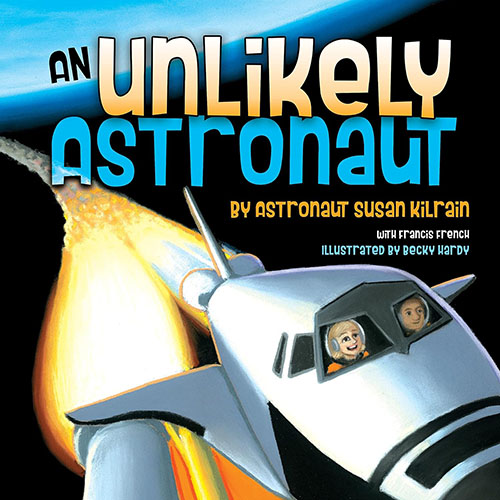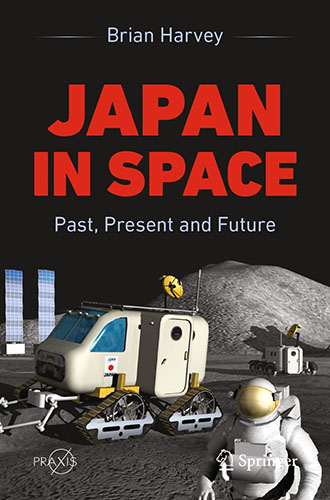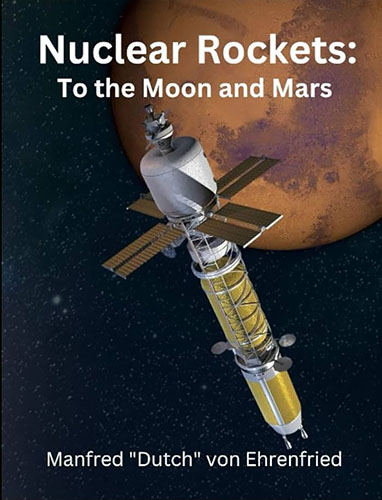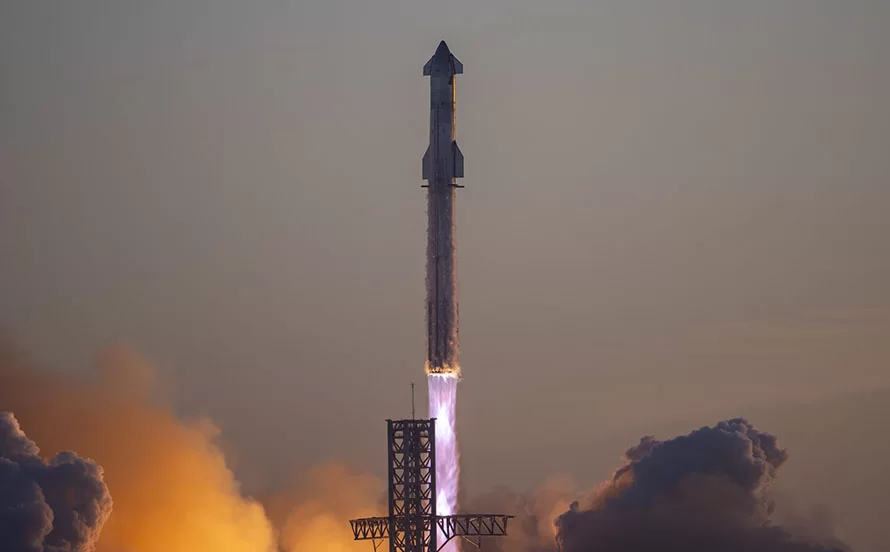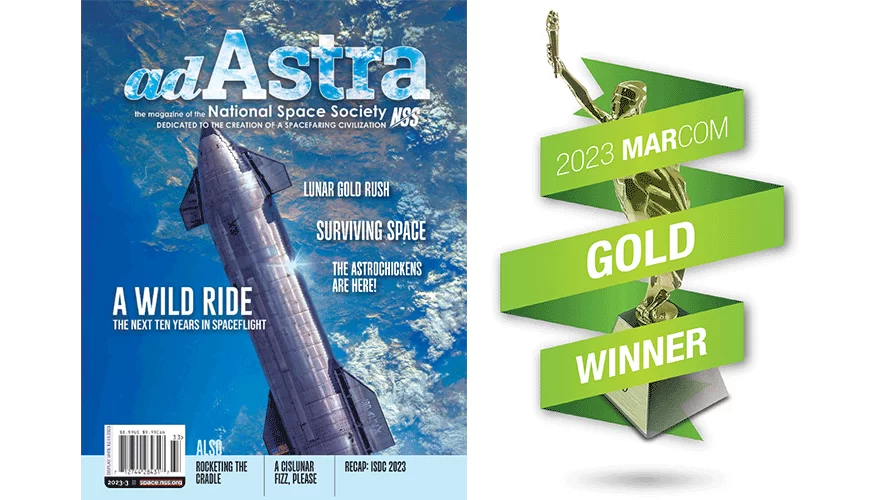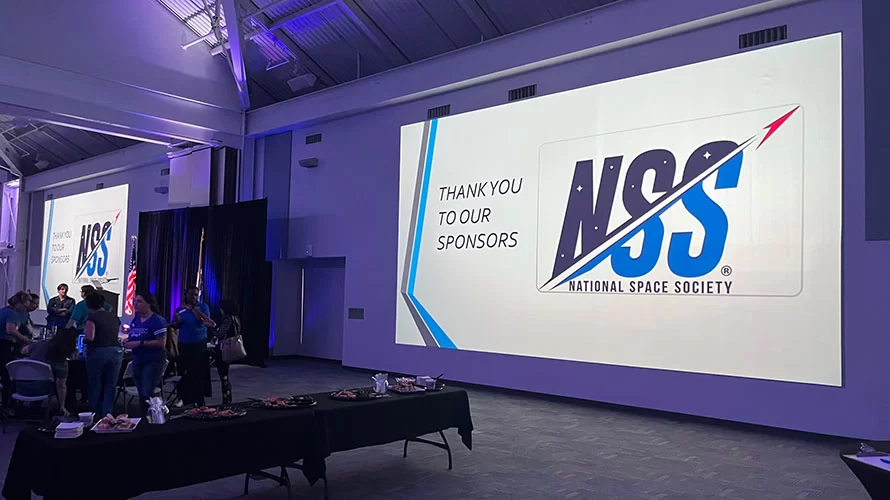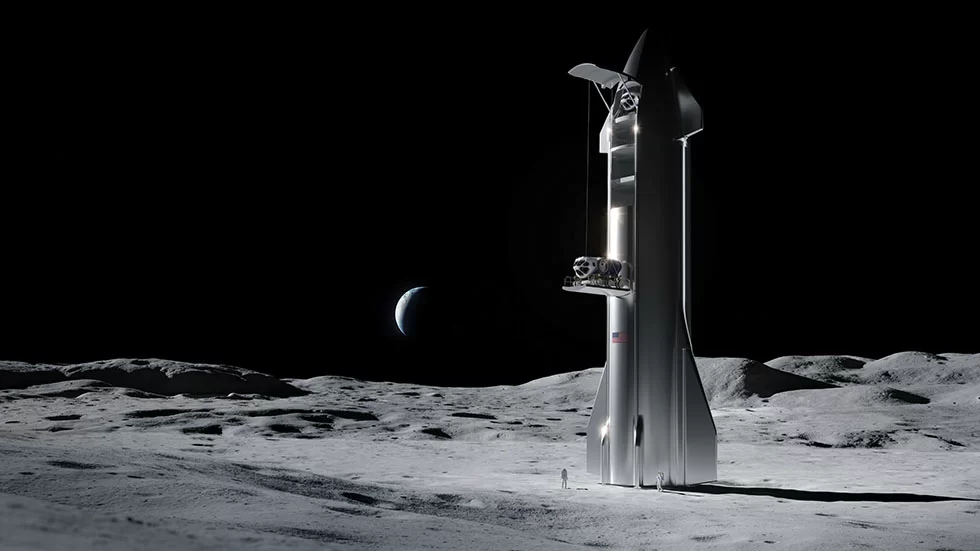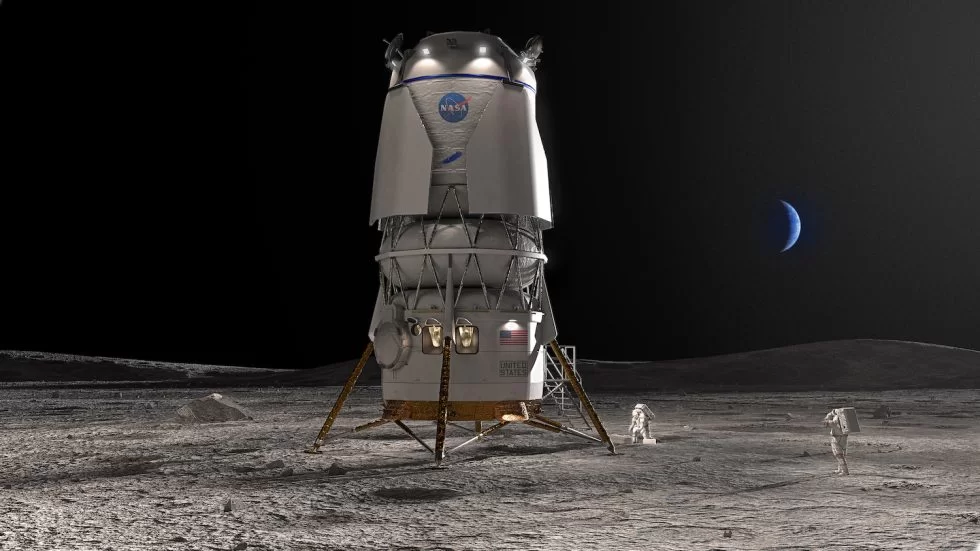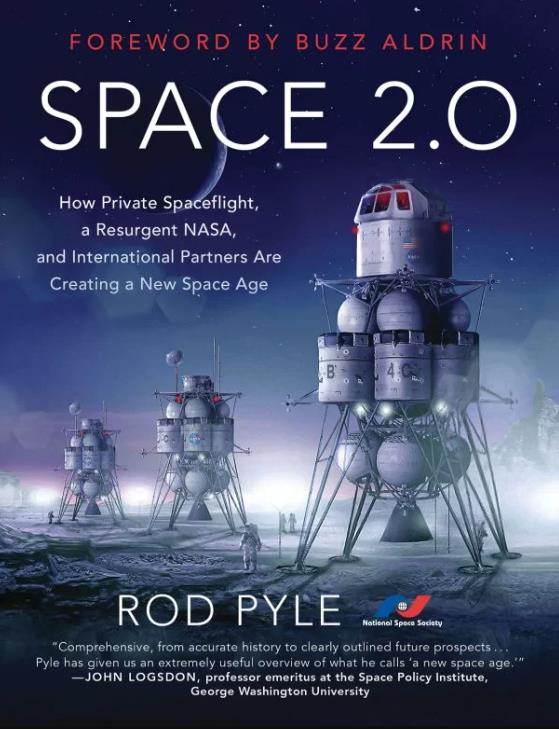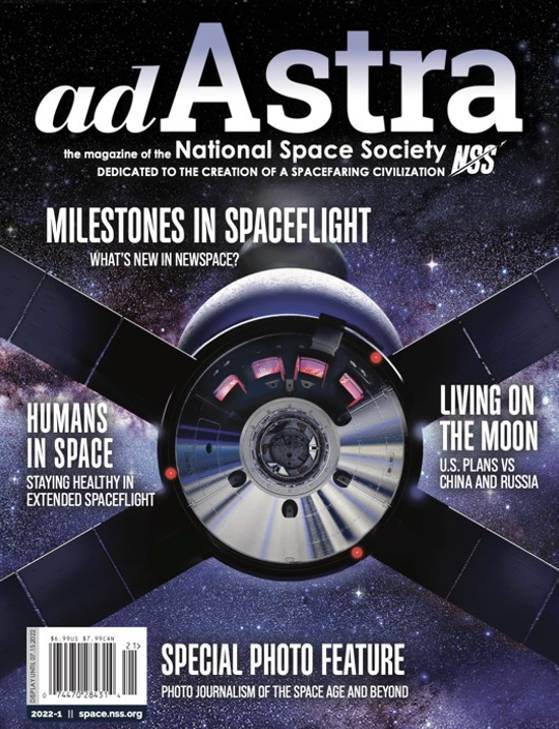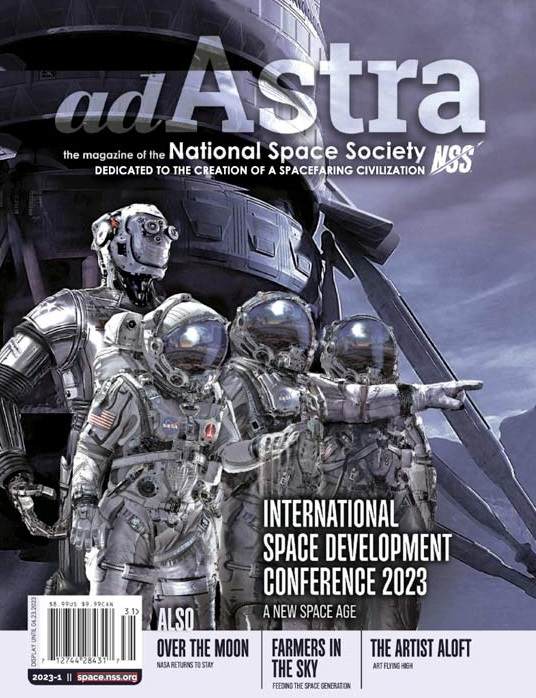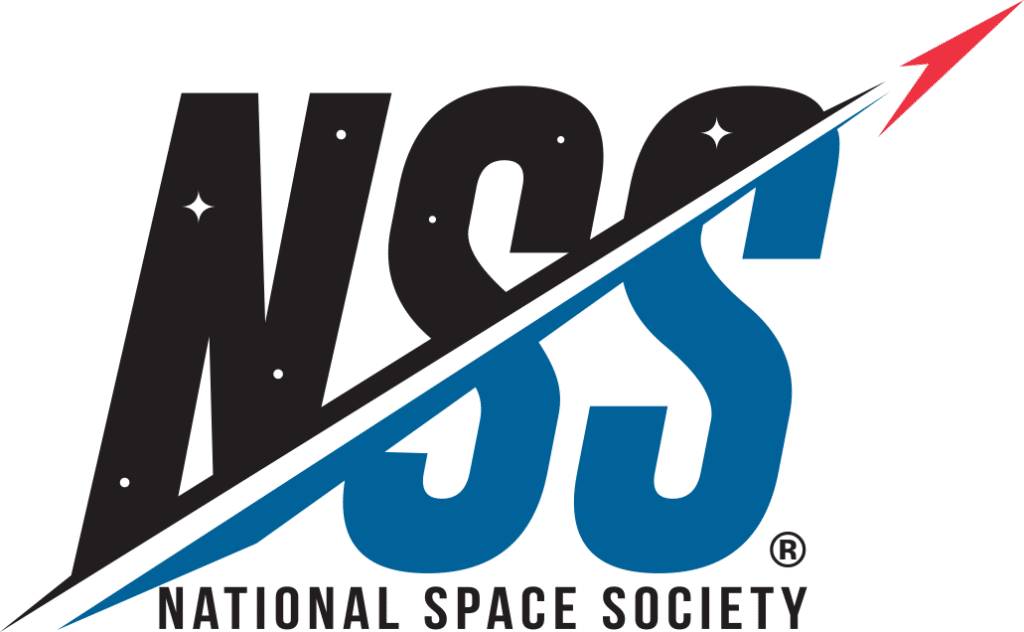By Alyssa Samson
Like a page out of a sci-fi novel, balloon-like rooms might be the future of space habitation. On Friday, April 8th, SpaceX is scheduled to launch the latest technology for space habitats, an inflatable module called Bigelow Expandable Activity Module (BEAM), created by Bigelow Aerospace. Weighing about 14,000 kilograms, this new space module might hold the key to sustainable, livable space conditions – providing working and residency areas for astronauts with reduced costs.
The 8-foot bundle will travel aboard the Dragon spacecraft for two days, where it will be attached to the International Space Station (ISS) and deployed. The module will be roughly the size of a car or small bedroom. Here is a 2-minute BEAM installation animation:
BEAM will be tested by the ISS for roughly two years. While no astronauts will live in the module while it’s in space, they will periodically inspect it and record data. Scientists will use the designated time to determine its radiation protection capability, transportation effectiveness, as well as the product’s design performance – such as thermal and structural durability. BEAM has been designed with multiple thick layers of fabric to help prevent damage against space debris.
Findings from this two year mission will allow Bigelow engineers to modify the company’s larger model, the B330, which is designed to hold six astronauts and have a lifespan of roughly 20 years.
“The International Space Station is a uniquely suited test bed to demonstrate innovative exploration technologies like the BEAM,” said William Gerstenmaier, associate administrator for human exploration and operations at NASA Headquarters. “Using the station’s resources, we’ll learn how humans can work effectively with this technology in space, as we continue to advance our understanding in all aspects for long-duration spaceflight aboard the orbiting laboratory.”
When the ISS has gathered data from BEAM for two years, the station will then release the module and it will burn up as it enters the Earth’s atmosphere.
Bigelow Aerospace has two inflatable prototypes already launched into space – the Genesis 1 and Genesis 2. Inflatable modules are an attractive option for space habitats because of their cargo efficiency; they are lightweight and conserve fuel. If this mission proves to be successful, inflatable modules might be part of a deep space mission or more.
Have a safe flight, BEAM!


